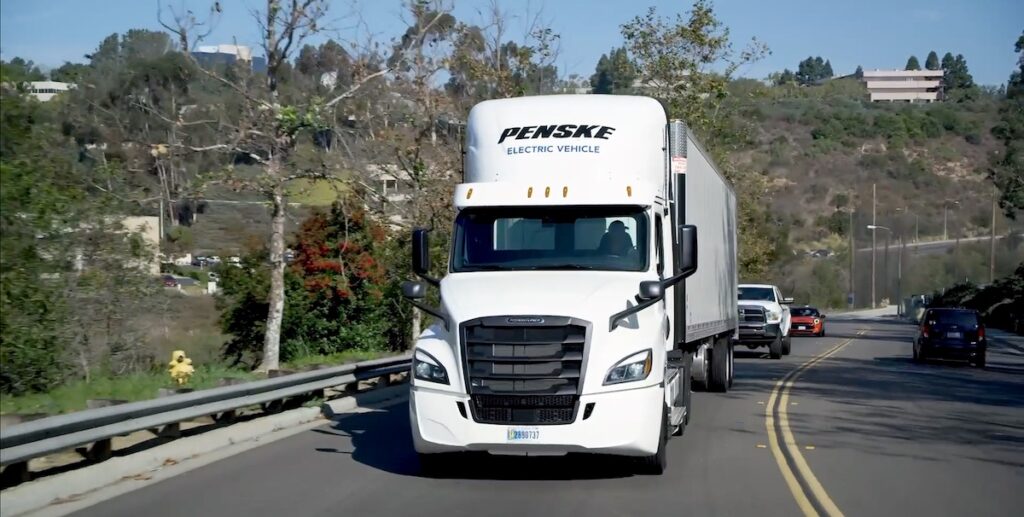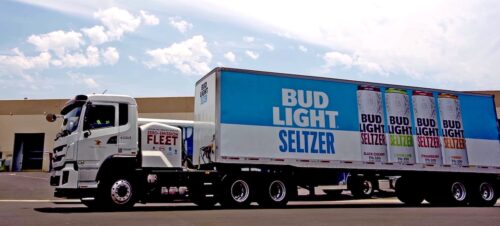
Clean Energy 101: Electric Trucks
Electric trucks have been in the news a lot lately, ever since America’s number one pickup truck, the Ford F-150, went electric. Pickups are just the start. In time, all trucking sectors will go electric, from the delivery vans that drop off your packages, to the big rigs that haul freight across the interstates. Here we explain the status, challenges, and possibilities of electrifying trucks across all market sectors.
Passenger Pickup Trucks
The arrival of the electric F-150 is a solid signal that the EV market has arrived. The electrification of the most popular pickup truck in the United States — and the reservations and waiting list to buy one — show that EVs have reached a tipping point and are now entering new cultural and geographical markets. And many other electric pickups are in the pipeline from automakers such as Chevrolet, GMC, Tesla, and Toyota.
Ford has made a strategic shift away from business as usual, separating its business into two divisions, one for petrol-powered models and another for EVs. “This is a huge move forward for the electric vehicle market,” says RMI Principal Dave Mullaney. “It shows that EVs are meeting you where you are, you don’t have to come to them.”
And while this might be opening up the EV market to a whole new demographic, we must have the infrastructure to support increased demand for charging. That means being deliberate about how we go about building charging infrastructure. Without planning and appropriate investments, we risk leaving whole populations behind in the transition to cleaner vehicles.
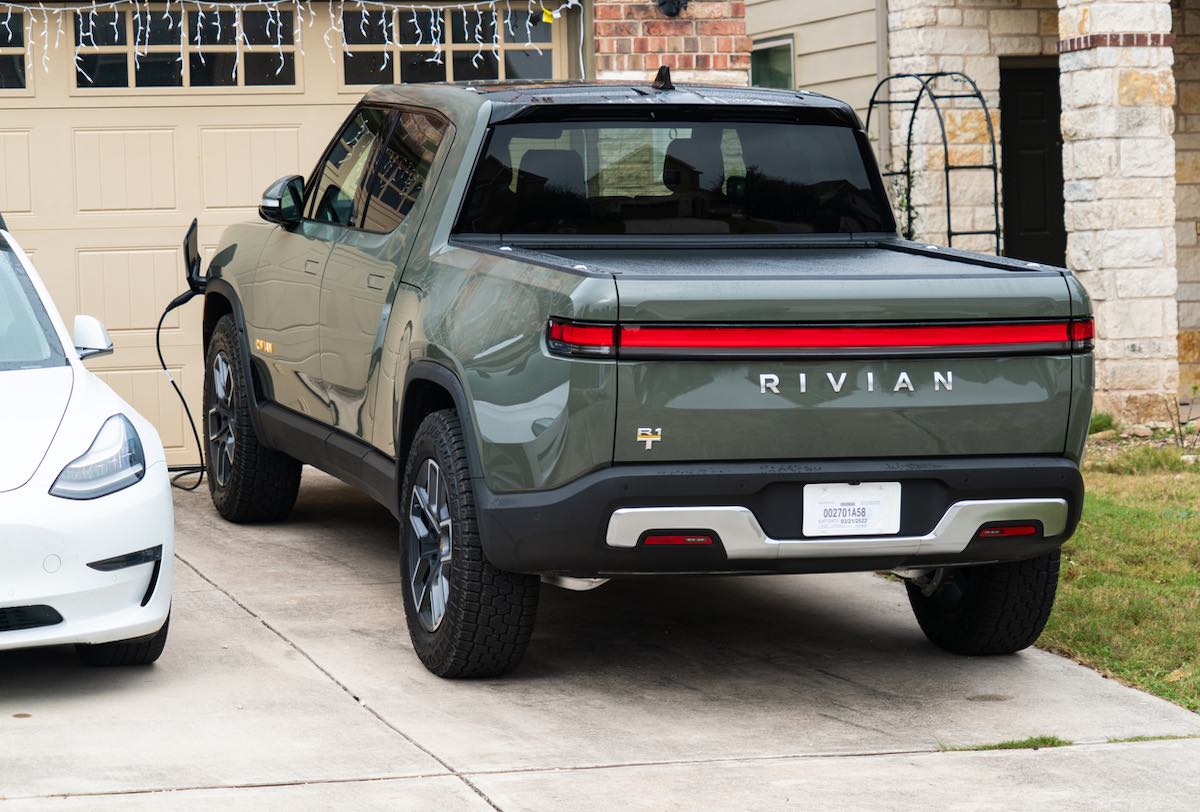
In 2021, the North American Council on Freight Efficiency (NACFE) and RMI held the Run on Less – Electric demonstration, which followed 13 electric trucks running on their regular routes loaded with real freight for three weeks to learn about the benefits and challenges of electric trucks. The demonstration showed that four trucking segments — vans and step vans, medium-duty box trucks, terminal tractors, and heavy-duty regional haul tractors — can be economically electrified now. For more information on Run on Less – Electric visit runonless.com.
Vans and Step Vans
You see these vehicles everywhere, most often delivering packages by Amazon, UPS, DHL, and FedEx. Due to the growth in e-commerce, the van and step van market in the United States and Canada is predicted to double to 8 million by 2030. Fortunately, those four major delivery companies and many others are investing in electric vehicles.
It’s an easy market sector to electrify, given that many of these vans are used in last-mile delivery services, so range is typically not a major challenge. Furthermore, they can be charged at a driver’s home or at public charging stations. And the total cost of ownership of electric versions of these vehicles is reaching parity with diesel- and gasoline-powered vehicles.
The North American Council on Freight Efficiency (NACFE) estimates that a gas delivery van driving an average of 100 miles per day will spend just over $10,000 a year in fuel versus just under $2,000 for an electric one. That’s a lot of savings for a fleet of delivery vehicles. Electrifying all 4 million US and Canadian vans and step vans — which NACFE considers possible — would save nearly 43.5 million tons of greenhouse gas emissions each year.
Amazon currently operates thousands of electric delivery vans, and has ordered 100,000 from EV-maker Rivian. By 2030, FedEx is aiming to have all new vehicle purchases be electric, and to electrify its entire pickup and delivery fleet 2040. Meanwhile, UPS has ordered 10,000 electric vans from EV company Arrival. And one-fifth of DHL’s delivery fleet is now electric with Lightning eMotors electric cargo vans.
However, concerted effort will have to be made to redesign parking lots and depots to support electrification. And fleet owners will need to have confidence in these vehicles. Most delivery vans are expected to last 15 to 20 years and drive between 300,000 and 400,000 miles, whereas batteries might last anywhere from 5 to 10 years. And unfortunately, the United States Postal Service, one of the largest civilian fleets in the world, recently booked a large order for 50,000 vehicles, of which only 20 percent will be electric.
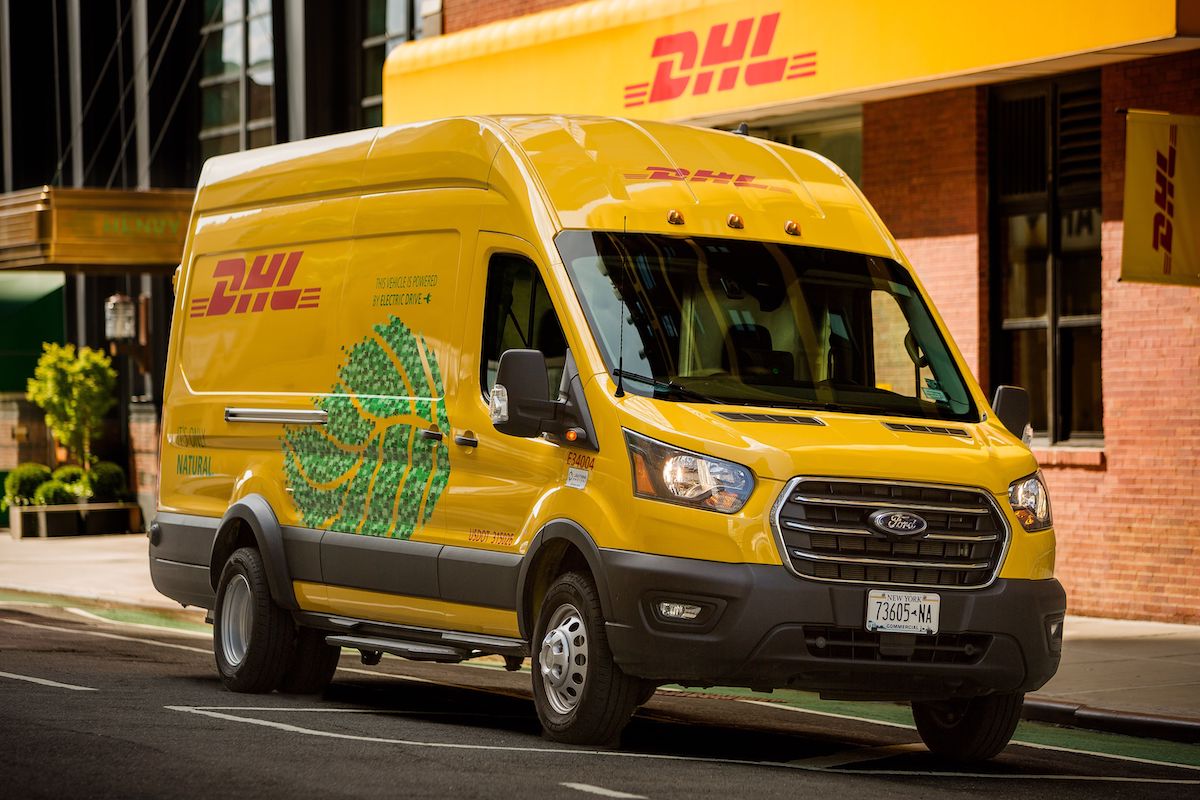
Photo courtesy NACFE
Box Trucks
The next size up, box trucks, are also multiplying quickly on US roads. Longer and larger than step vans, the cargo box on these vehicles is inaccessible from the cab. They are often used as moving vans by companies like U-Haul and Ryder. There are just under 400,000 of them in the United States and Canada. And like vans and step vans, box trucks tend to travel less than 100 miles per day, making them ideal for battery-electric powertrains.
According to NACFE, this entire segment is electrifiable and electrifying all medium-duty box trucks in the United States and Canada would save more than 7.6 million tons of GHG emissions each year. Although these trucks are more likely to face weight limitations as they often carry quite heavy cargo, the reality is that often the freight compartment fills up before reaching the legal gross vehicle weight.
There are already numerous electric box trucks on the roads today. Frito-Lay has six 220EV Peterbilt electric box trucks to distribute snacks to local retailers; transportation and logistics company Day & Ross is using electric box trucks throughout Montreal.
 Photo courtesy NACFE
Photo courtesy NACFE
Big Rigs
The heavy-duty tractor-trailers that you see driving on US highways are also moving toward electrification. But this segment is a bit more challenging to electrify because of the longer ranges and heavier loads. A recent RMI study found that 49 percent of these heavy-duty trucks operating in New York and California are regularly driving short-enough routes that they could be replaced with electric trucks now on sale, or that will be available by year end.
In fact, your alcoholic beverages might be delivered with zero emissions. Anheuser-Busch is using electric trucks to deliver its beer throughout California, and Biaggi Brothers is delivering wine from Napa Valley in electric trucks.
NACFE determined that 70 percent of these heavy-duty trucks in the United States and Canada could be electrified, which would avoid almost 29 million tons of greenhouse gas emissions each year.
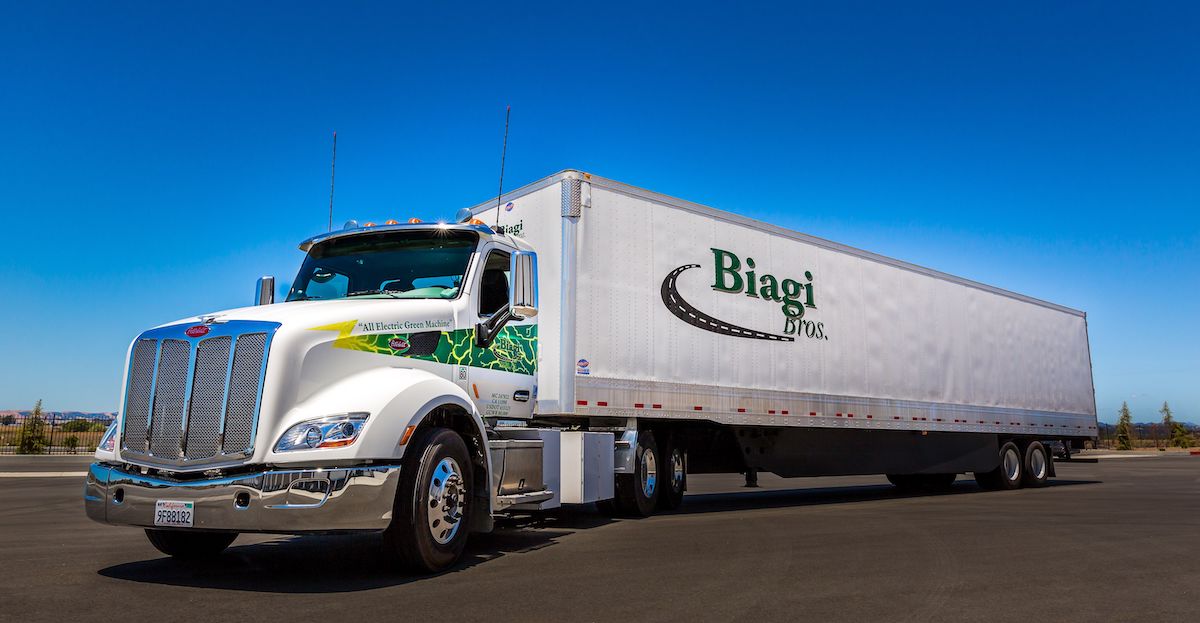 Photo courtesy NACFE
Photo courtesy NACFE
Happy to Be Wrong
In 2020, Americans bought more than 12 million light-, medium, and heavy-duty trucks. It’s obvious that we can’t significantly decrease auto emissions without tackling the trucking sector. Fortunately, that’s happening in all market segments.
Ford is planning to manufacture 150,000 electric F-150s each year, and medium- and heavy-duty trucking fleets around the United States have committed to deploying over 140,000 electric trucks. Already, over 50 medium- and heavy-duty electric truck models are available around the country.
Electrifying all 12 million will be a long haul, but the journey is much farther along than many people thought was possible. According to NACFE Executive Director Mike Roeth, “Just four years ago, I was very doubtful that batteries would haul freight. Now we have conducted a Run on Less with only battery-electric trucks proving how wrong I was.”

